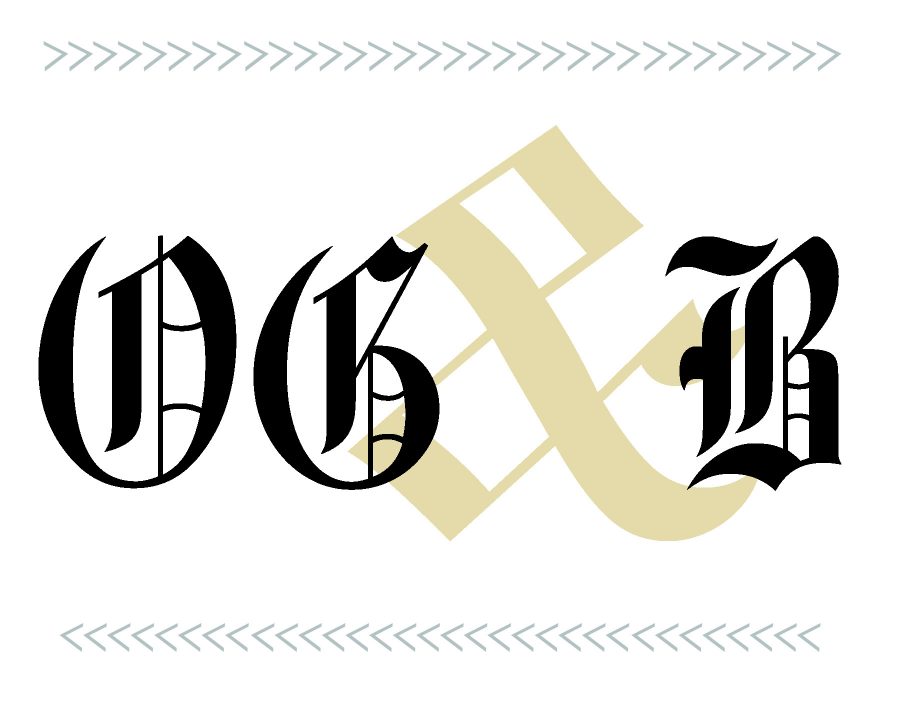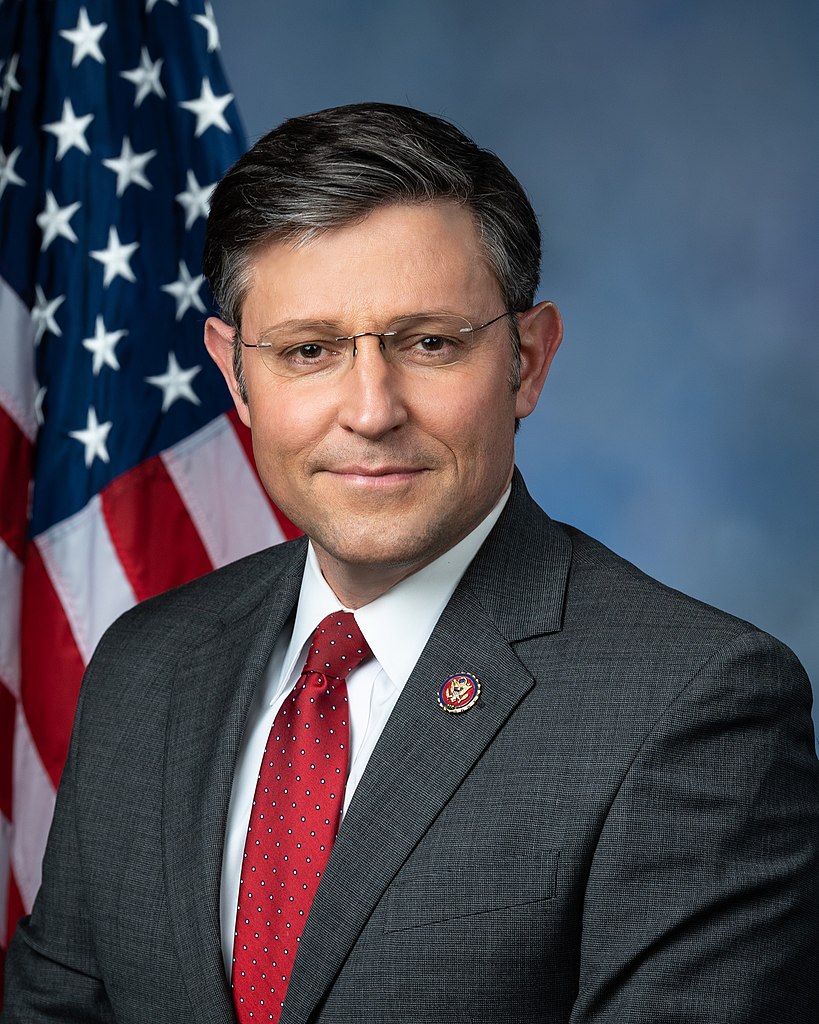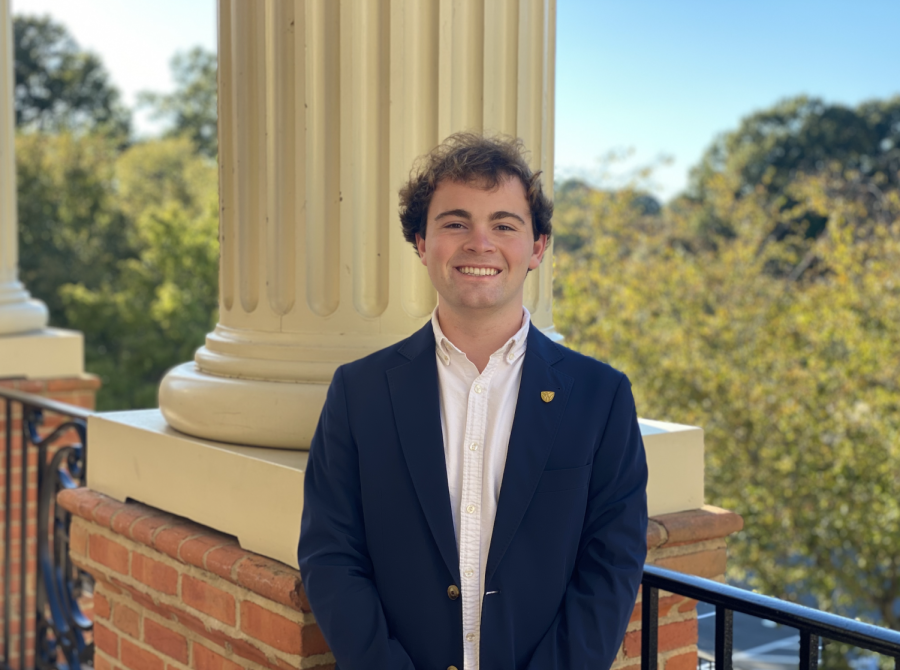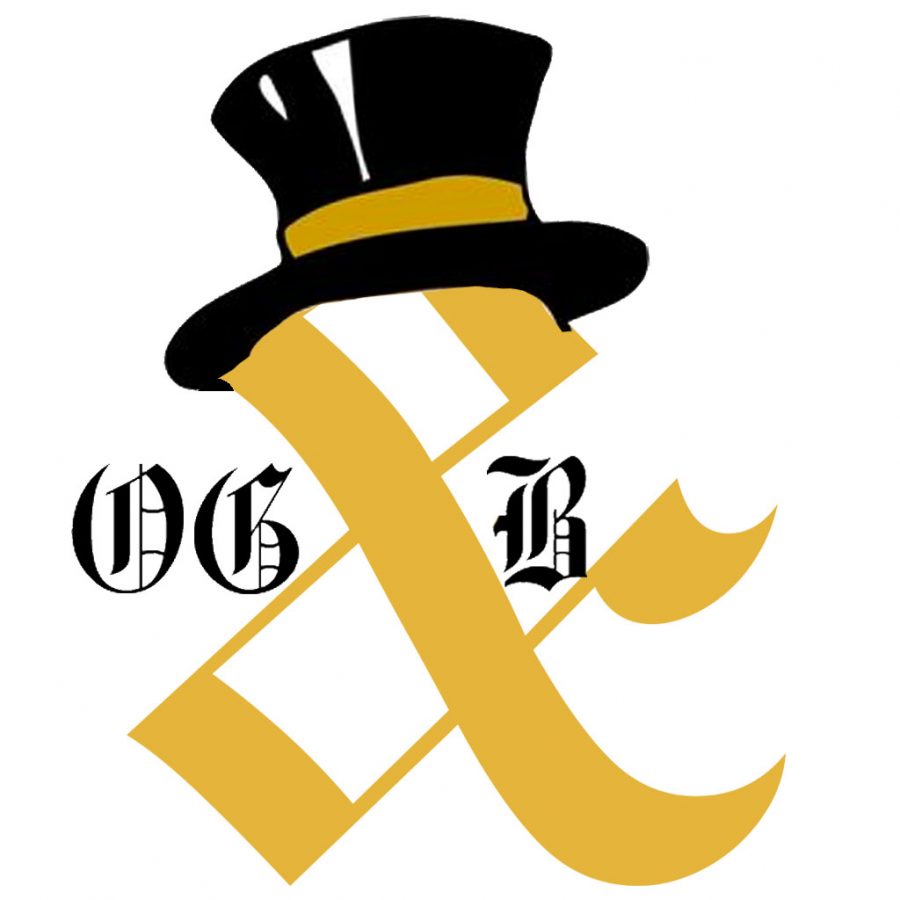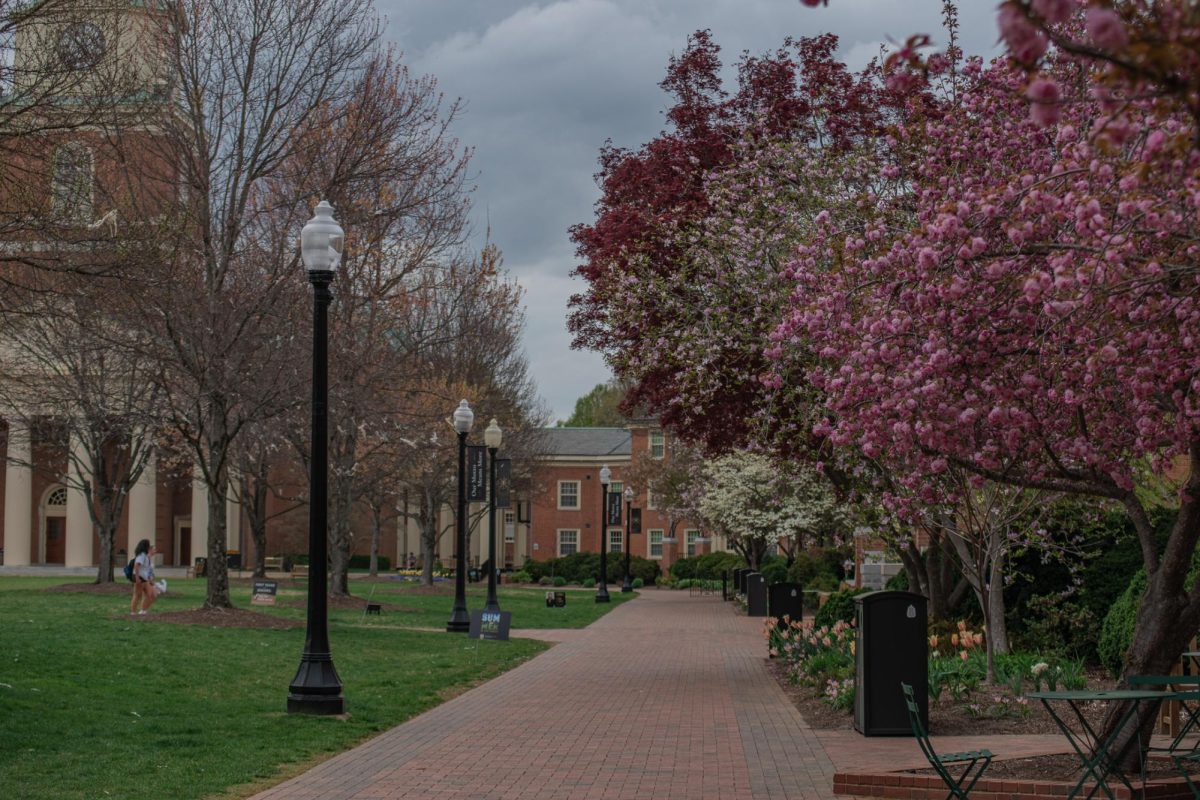It is often said that literature mimics real life, that it absorbs the contours of lived experience and reflects them back to us in a new way. Paul Ricouer defines literature’s mimetic act as a kind of “redescription,” not a shot-by-shot remake of reality, but an act of “making rather than copying,” Rita Felski writes. Literature allows our consciousness to expand for a brief time, revealing unconscious or unknown aspects of the world around us. Once we shrink back into livable perspective, these new insights shade the picture, and life’s objects assume an unprecedented sheen. Harold Bloom said the power of literature allows us “to overhear ourselves when we talk to ourselves, and perhaps accept the change in ourselves, as in others, and perhaps even a final form of change.” This change is a solitary reinvention of vision, an attention to self-revision that can extend to other’s fluctuating existence.
The language of literary revelation will always remain somewhat shadowed. Its grasp of truth and life not only complicates a rationale for the discipline itself, but prevents us from telling of its virtues without cloaking them in their inherent precariousness. Hence, literary theory. The academic discipline, assailed for its intangible benefits to its disciples, splintered into quasi-scientific close-reading strategies — Feminism, New Historicism, Marxism, et. al. — meant to diagnose socio-political ills. Pressured to bring the field into clearer definition, academics narrowed thought and scope into theories of literature. Yet even in the fractious theoretical world, literature’s intrinsic ineffability and aesthetic import remains. For some time now, the argument often proffered is that the aesthetic quality of literature only creatively masks ideology. As Pierre Macherey says, “Literature challenges ideology by using it.” Since we are unable to grasp a single, concrete idea from literature’s aesthetic contradictions, some have decided that the complicatedness of a work portends an unwitting, social unconscious, filled with ideological flashpoints.
These symptomatic sureties can become distillations when viewed in a vacuum, and have faded somewhat when confronted by the (re)emergent truth of untruth. “Although logos is common to all, most people live as if they had a wisdom of their own,” Heraclitus tells us. Our individual realities, shaped by self-sifted data and irreducible interpretations of the world around us, have tempered conversations about literature’s absolute truth-telling. If we are to believe Joseph Campbell that “all the gods, all the heavens, all the worlds, are within us,” then it becomes difficult to construe aesthetic frictions as mere creative concealment. The multiple clashes of concept and sense butting inside us, in some ways, disallow for static perception. Ideologies can help reveal social realities, but if isolated as ends in themselves, they become a kind of bromidic glaze over an ever-changing reality.
Adorno said as much in his theory of aesthetics, asserting that the work of art acts as a kind of monad, autonomous and closed off, resistant to ideological assuredness. The literary form itself illumines social meaning through a series of technical innovations antithetical to reality. For Adorno, “the communication of artworks with what is external to them … occurs through noncommunication.” The work of Beckett does not convey any apparent language or logic, but works beneath the trappings of culture to knead into us a stranger human logic. If art wishes to be transformative, its aesthetic innovation cannot manipulate the instruments of established communication; it must transcend them, and in doing so, claim nothing other than contradiction. From its social uselessness, Adorno said, art transfers social knowledge. In short, aesthetics, not theory, evolve consciousness without a direct address.
I bring up Adorno’s complicated theory to illustrate the resistance on the part of literature to fulfill any absolutist interpretation. Aesthetic impact could manifest as political persuasion; it could not. The ambiguities embedded in the literary experience often set us adrift in seas of beauty and awe, but those same asocial, atopic moments can reframe reality whence we return to it.
My point largely relates back to literary form, to how its musical meters and absorptive qualities, though not “concrete,” shape new ways of seeing, perhaps even socio-political ones. Truth, as Nietzsche said, is just the solidification of old metaphors, therefore form and language play a vital role in reinvigorating our metaphorical (note: not approximate or dishonest) relationship with the world.
If near-truths constitute our engagement with the world and others (Roth’s famous chunk in American Pastoral tells us “the fact of getting people right is not what living is all about anyways”), then phenomenological literature (that is to say, acutely observed writing) becomes helpful. Through exposure to verbal and emotional ironies, complex narrative omniscience, or an entire other “choreography of perception and emotion,…reaction and involvement, that plays itself out in and across the social field,” says Felski, readers gain, from fiction, a kind of insight. Though this knowledge does not have definite “use,” it deftly situates us in the world instead of ensconcing us in various positions of limited utility. Human logic, if there such a thing, expressed through a narrative’s psychological explication or confusion, refines perception. The simultaneous mystification and idiosyncratic presentation of human beings in fiction confounds reality, but in a doing so creates a generous intelligence and emotional sensitivity.
What literature may know, language conveys. Diction and syntax, rhythm and pattern all decide the staying power of literary insight. In general terms, they are responsible for certain reader’s attraction to Fitzgerald and dislike of Hemingway. But language also can deploy idiolect as a means of social insight. Felski uses the Australian writer Tim Winston as an example of someone who uses local idioms to perforate our comfort zone and expand our social knowledge. Words like “staggerjuice,” “skylarking,” and “chiaking about” are used to describe a day at play. Winton’s idiomatic inclusion creates a “social phenomenology cast in a purposefully linguistic key,” where language reconstitutes reality through words. It reorders things and brings us to intersubjective knowledge.
“We can’t speak or think or comprehend even our own experience except within the limits of our own power over words, and those limits have been established for us by our great writers,” Northrop Frye tells us. Literature exposes us to those limits, and proceeds to stretch aesthetic standards into personally transformative experience. The novel concepts and brightened eyes with which we see the world appear through a powerful reinvention of words, those pesky particles we use to mediate experience. Literature’s grand gesture is also a subtle one, an angular reimaging, through form and rhythm, that repositions us in the world. As Emerson said, “in every work of genius we recognize our own rejected thoughts — they come back to us with a certain alienated majesty.” Literature articulates the hidden sentences within us, and makes them compose the world slightly anew.


